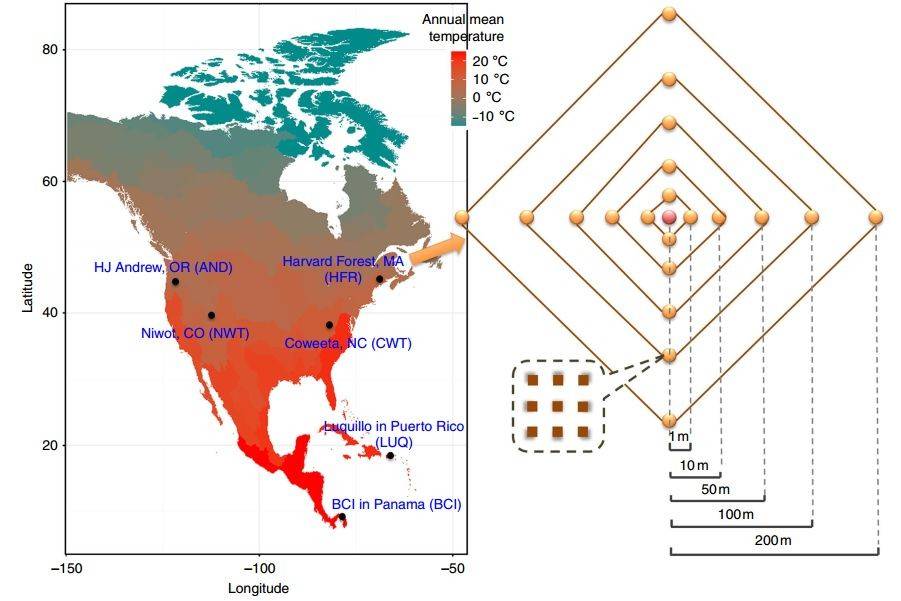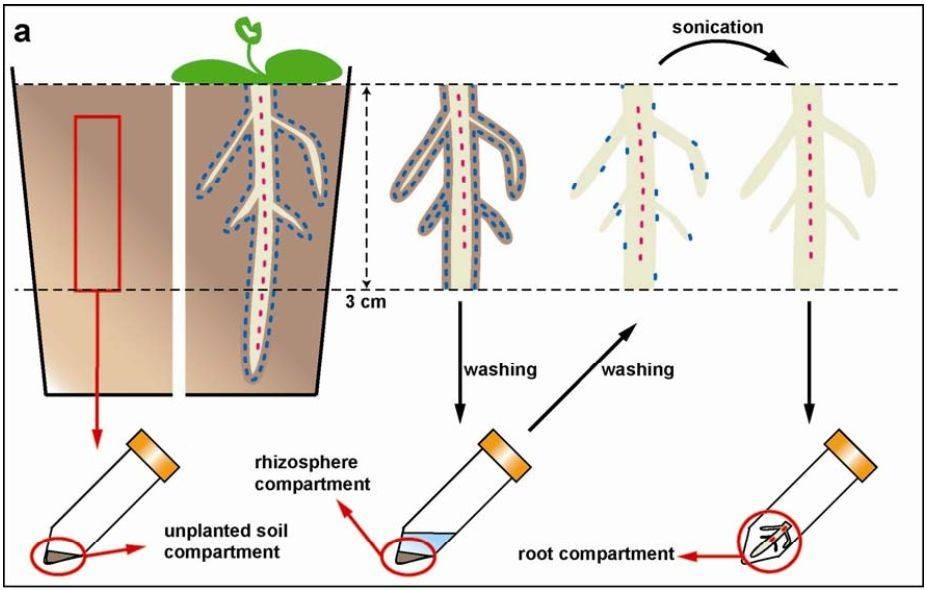Preparatory Steps for Soil Sampling
Formulate a Sampling Plan:
Before initiating the sampling process, it is crucial to establish the purpose of the study, determine the sampling site's location, identify the required number of samples, decide on the sampling methodology, list the necessary tools, plan transportation routes, and consider prevailing weather conditions. It is customary to prepare a detailed sampling report that includes specifics such as the sampling date, time, precise GPS-tracked location of the sampling site, and weather conditions, encompassing temperature, precipitation, humidity, and cloud cover.
Data Collection at the Sampling Site:
After selecting the sampling site, collect and analyze data regarding the local soil type, weather conditions, and hydrological information. Conducting a field inspection before actual sampling helps pinpoint specific locations for sampling based on the collected data.
Sampling Equipment:
1 Sampling Tools:
A. Tool Types: Augers, shovels, sieves, tweezers, medicine spoons, brushes, and other specialized equipment based on specific sampling requirements.
B. Equipment Types: Sterile 50 mL tubes, 50 mL sterile bottles, Parafilm sealing film, measuring tape, GPS, inclinometer, soil color charts, sample boxes (with cooling functionality or containing dry ice), ice packs, sample bags, disposable gloves, face masks, 75% alcohol, sterilized cotton balls, sterile water, liquid nitrogen, dry ice, and more.
C. Stationery: Sample labels, marking pens, sampling recording sheets, and others.
D. Safety Equipment: Work clothes, work shoes, rain gear, safety helmets, medicine boxes, and more.
2 Note: A. All sampling tools and containers used for soil samples must be sterilized in advance (wrapped in tin foil, sterilized with high-pressure steam, and left overnight in a 120 ℃ oven) to prevent interference from exogenous substances. B. Avoid using tools or containers that absorb water, release solvents, or plasticizers to hold soil samples.




 (Nature, 2013)
(Nature, 2013)